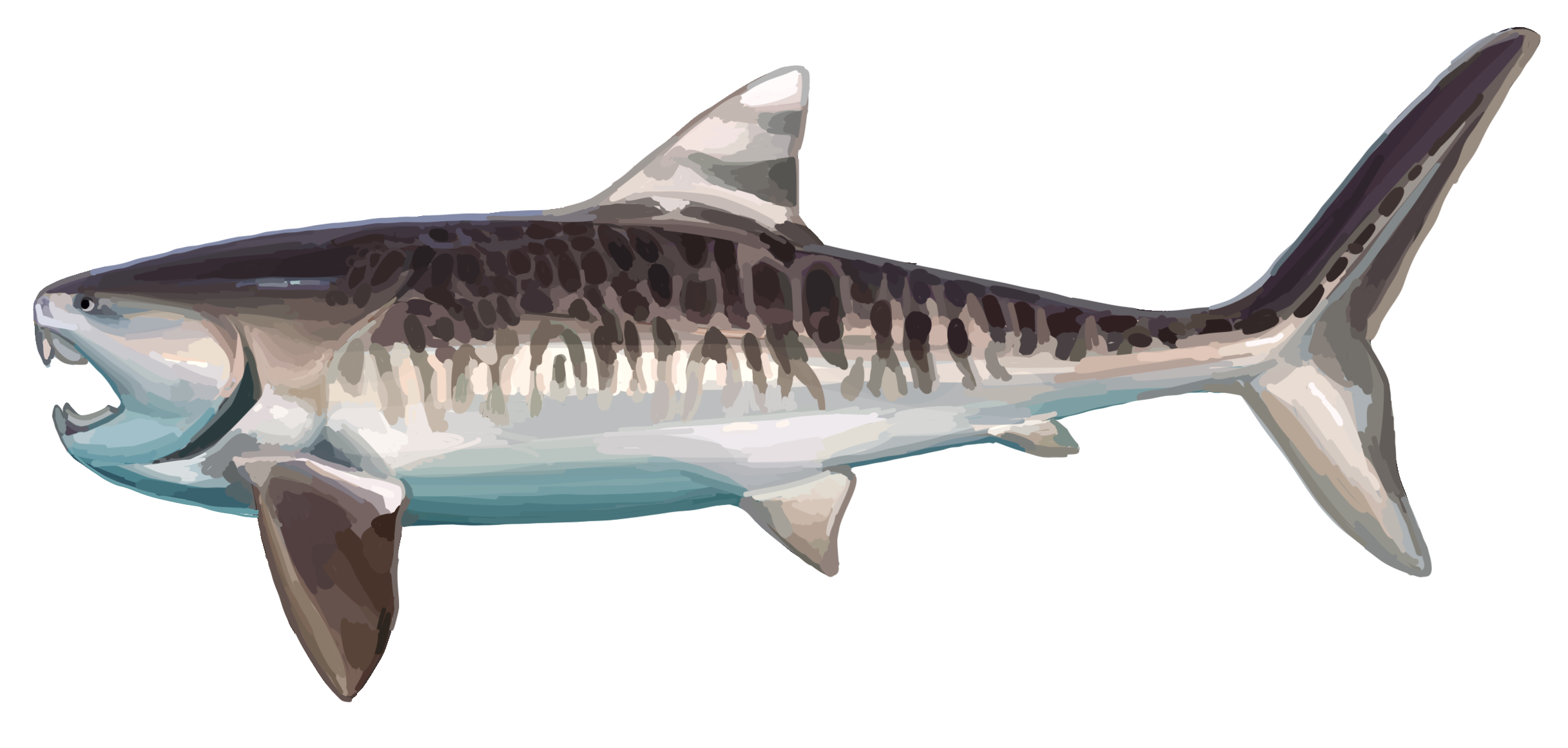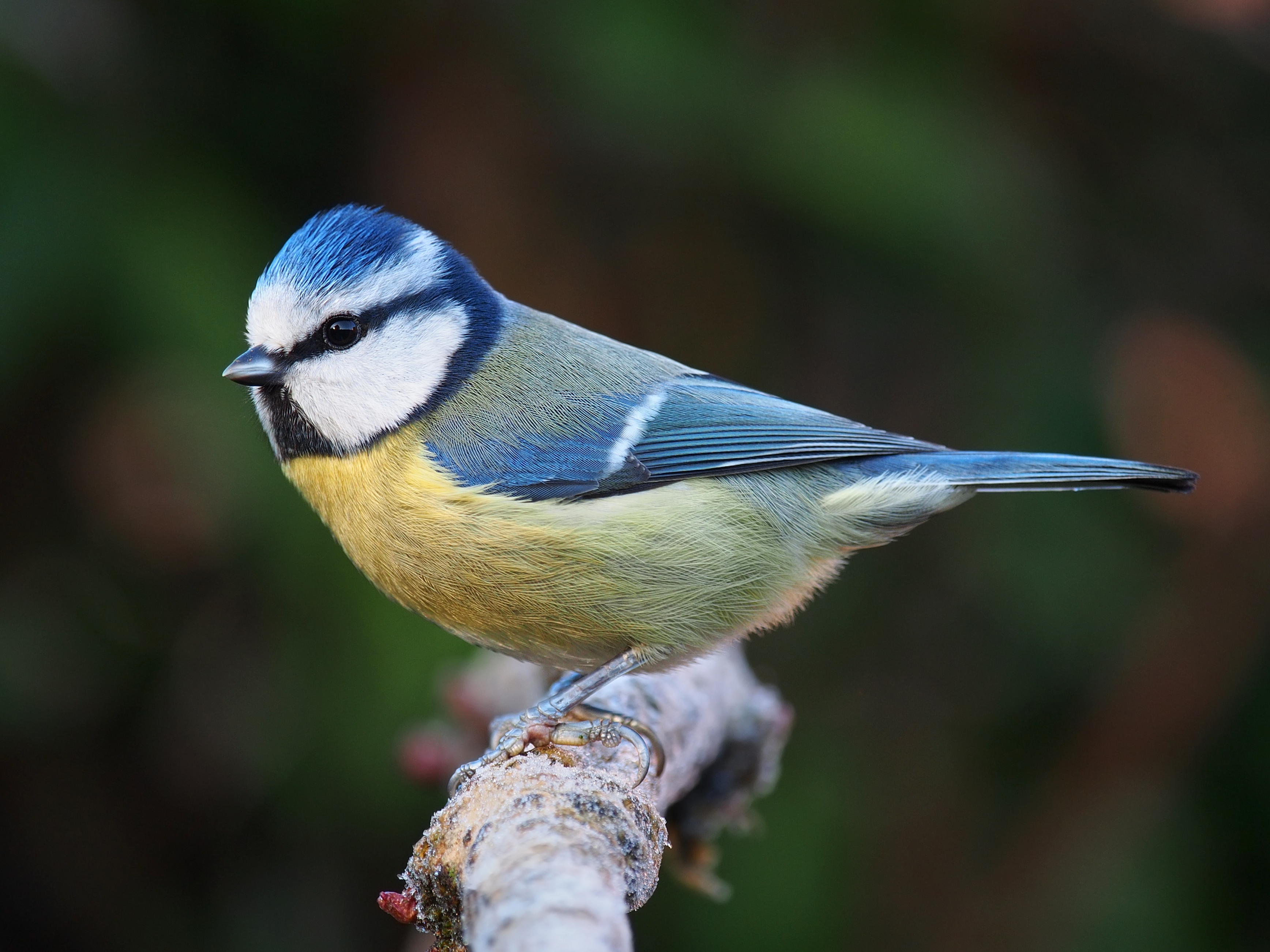|
Carcharhinus Tjutjot
The Indonesian whaler shark (''Carcharhinus tjutjot''), is a species of requiem shark belonging to the family Carcharhinidae. Until recently, it was thought to be a junior synonym of the whitecheek shark (''C. dussumieri'').White, W.T. (2012): A redescription of ''Carcharhinus dussumieri'' and ''C. sealei'', with resurrection of ''C. coatesi'' and ''C. tjutjot'' as valid species (Chondrichthyes: Carcharhinidae). ''Zootaxa, 3241: 1–34''. The Indonesian whaler shark, along with the family Carcharhinidae, is a key economic group in global fisheries including commercial and small-scale fisheries within the Indo-Pacific region. Common spawning and nursery areas overlap with commercial fishing grounds and it is often caught as bycatch which has caused it to be listed as a vulnerable species. Taxonomy Initially thought of as ''C. dussumieri'', it was later identified as a distinct species in 2012 by morphological characteristics such as vertebral counts, dorsal and pectoral fin ... [...More Info...] [...Related Items...] OR: [Wikipedia] [Google] [Baidu] |
Pieter Bleeker
Pieter Bleeker (10 July 1819 – 24 January 1878) was a Dutch medical doctor, ichthyologist, and herpetologist. He was famous for the ''Atlas Ichthyologique des Indes Orientales Néêrlandaises'', his monumental work on the fishes of East Asia published between 1862 and 1877. Life and work Bleeker was born on 10 July 1819 in Zaandam. He was employed as a medical officer in the Royal Netherlands East Indies Army from 1842 to 1860, (in French). stationed in the Dutch East Indies (now Indonesia). During that time, he did most of his ichthyology work, besides his duties in the army. He acquired many of his specimens from local fishermen, but he also built up an extended network of contacts who would send him specimens from various government outposts throughout the islands. During his time in Indonesia, he collected well over 12,000 specimens, many of which currently reside at the Naturalis Biodiversity Center in Leiden. Bleeker corresponded with Auguste Duméril of Paris. His w ... [...More Info...] [...Related Items...] OR: [Wikipedia] [Google] [Baidu] |
Demersal Fish
Demersal fish, also known as groundfish, live and feed on or near the bottom of seas or lakes (the demersal zone).Walrond Carl . "Coastal fish - Fish of the open sea floor"Te Ara - the Encyclopedia of New Zealand. Updated 2 March 2009 They occupy the sea floors and lake beds, which usually consist of mud, sand, gravel or rocks. In coastal waters they are found on or near the continental shelf, and in deep waters they are found on or near the continental slope or along the continental rise. They are not generally found in the deepest waters, such as abyssal depths or on the abyssal plain, but they can be found around seamounts and islands. The word ''demersal'' comes from the Latin ''demergere'', which means ''to sink''. Demersal fish are bottom feeders. They can be contrasted with pelagic fish which live and feed away from the bottom in the open water column. Demersal fish fillets contain little fish oil (one to four percent), whereas pelagic fish can contain up to 30 ... [...More Info...] [...Related Items...] OR: [Wikipedia] [Google] [Baidu] |
Marine Fauna Of Southeast Asia
Marine is an adjective meaning of or pertaining to the sea or ocean. Marine or marines may refer to: Ocean * Maritime (other) * Marine art * Marine biology * Marine debris * Marine habitats * Marine life * Marine pollution Military * Marines, a naval-based infantry force ** United States Marine Corps ** Royal Marines of the UK ** Brazilian Marine Corps ** Spanish Marine Infantry ** Fusiliers marins (France) ** Indonesian Marine Corps ** Republic of China Marine Corps ** Republic of Korea Marine Corps ** Royal Thai Marine Corps *"Marine" also means "navy" in several languages: ** Austro-Hungarian Navy () ** Belgian Navy (, , ) ** Royal Canadian Navy () *** Provincial Marine (1796–1910), a predecessor to the Royal Canadian Navy ** Navy of the Democratic Republic of the Congo () ** Royal Danish Navy () ** Finnish Navy (, ) ** French Navy () ** Gabonese Navy () ** German Navy () ** Royal Moroccan Navy () ** Royal Netherlands Navy () ** Swedish Navy () Places * Ma ... [...More Info...] [...Related Items...] OR: [Wikipedia] [Google] [Baidu] |
Fish Of Indonesia
Fish are aquatic, craniate, gill-bearing animals that lack limbs with digits. Included in this definition are the living hagfish, lampreys, and cartilaginous and bony fish as well as various extinct related groups. Approximately 95% of living fish species are ray-finned fish, belonging to the class Actinopterygii, with around 99% of those being teleosts. The earliest organisms that can be classified as fish were soft-bodied chordates that first appeared during the Cambrian period. Although they lacked a true spine, they possessed notochords which allowed them to be more agile than their invertebrate counterparts. Fish would continue to evolve through the Paleozoic era, diversifying into a wide variety of forms. Many fish of the Paleozoic developed external armor that protected them from predators. The first fish with jaws appeared in the Silurian period, after which many (such as sharks) became formidable marine predators rather than just the prey of arthropods. Most fis ... [...More Info...] [...Related Items...] OR: [Wikipedia] [Google] [Baidu] |
Carcharhinus
''Carcharhinus'' is the type genus of the family Carcharhinidae, the requiem sharks. One of 12 genera in its family, it contains over half of the species therein. It contains 35 extant and eight extinct species to date, with likely more species yet to be described. Species Extant T Type species Fossil See also * List of prehistoric cartilaginous fish genera This list of prehistoric cartilaginous fish genera is an attempt to create a comprehensive listing of all genera that have ever been included in the class chondrichthyes ''and'' are known from the fossil record. This list excludes purely vernacula ... References Bibliography * * * * * * * {{Taxonbar, from=Q312359 Shark genera Extant Eocene first appearances Taxa named by Henri Marie Ducrotay de Blainville ... [...More Info...] [...Related Items...] OR: [Wikipedia] [Google] [Baidu] |
List Of Sharks
Shark is the naming term of all members of Selachimorpha suborder in the subclass Elasmobranchii, in the class Chondrichthyes. The Elasmobranchii also include rays and skates; the Chondrichthyes also include Chimaeras. The first shark-like chondrichthyans appeared in the oceans 430 million years ago, developing into the crown group of sharks by the Early Jurassic. Listed below are extant species of shark. Sharks are spread across 512 described and 23 undescribed species in eight orders. The families and genera within the orders are listed in alphabetical order. Also included is a field guide to place sharks into the correct order. Cow and frilled sharks (2 Families) * ORDER HEXANCHIFORMES ** Family Chlamydoselachidae (frilled sharks) *** Genus '' Chlamydoselachus'' Garman, 1884 **** '' Chlamydoselachus africana'' Ebert & L. J. V. Compagno, 2009 (Southern African frilled shark) **** '' Chlamydoselachus anguineus'' Garman, 1884 (frilled shark) ** Family Hexanchidae (cow sharks ... [...More Info...] [...Related Items...] OR: [Wikipedia] [Google] [Baidu] |
Red List Of Threatened Species
The International Union for Conservation of Nature (IUCN) Red List of Threatened Species, also known as the IUCN Red List or Red Data Book, founded in 1964, is the world's most comprehensive inventory of the global conservation status of biological species. It uses a set of precise criteria to evaluate the extinction risk of thousands of species and subspecies. These criteria are relevant to all species and all regions of the world. With its strong scientific base, the IUCN Red List is recognized as the most authoritative guide to the status of biological diversity. A series of Regional Red Lists are produced by countries or organizations, which assess the risk of extinction to species within a political management unit. The aim of the IUCN Red List is to convey the urgency of conservation issues to the public and policy makers, as well as help the international community to reduce species extinction. According to IUCN the formally stated goals of the Red List are to provide ... [...More Info...] [...Related Items...] OR: [Wikipedia] [Google] [Baidu] |
International Union For Conservation Of Nature
The International Union for Conservation of Nature (IUCN; officially International Union for Conservation of Nature and Natural Resources) is an international organization working in the field of nature conservation and sustainable use of natural resources. It is involved in data gathering and analysis, research, field projects, advocacy, and education. IUCN's mission is to "influence, encourage and assist societies throughout the world to conserve nature and to ensure that any use of natural resources is equitable and ecologically sustainable". Over the past decades, IUCN has widened its focus beyond conservation ecology and now incorporates issues related to sustainable development in its projects. IUCN does not itself aim to mobilize the public in support of nature conservation. It tries to influence the actions of governments, business and other stakeholders by providing information and advice and through building partnerships. The organization is best known to the wider p ... [...More Info...] [...Related Items...] OR: [Wikipedia] [Google] [Baidu] |
Blackspot Shark
The blackspot shark (''Carcharhinus sealei'') is a small species of requiem shark in the family Carcharhinidae found in the tropical Indo-West Pacific Ocean between latitudes 24°N and 30°S, from the surface to a depth around . Its length is a little under one meter (yard) and it is not considered to be dangerous to humans. It feeds mainly on fish, crustaceans, and squid. This shark is also caught in small-scale fisheries for human consumption. Description The blackspot shark is a relatively slender species with a streamlined appearance, growing to a length around . The snout is fairly long, pointed or slightly rounded at the tip. The eyes are large, oval, and set horizontally, and are protected by a nictitating membrane on the lower side. The flaps of skin beside the nostrils are triangular, and the furrows on the upper lip are short. Usually, 12 tooth rows occur on either side of both top and bottom jaws, but the number can vary from 11 to 13. The upper teeth have strongl ... [...More Info...] [...Related Items...] OR: [Wikipedia] [Google] [Baidu] |
Species
In biology, a species is the basic unit of Taxonomy (biology), classification and a taxonomic rank of an organism, as well as a unit of biodiversity. A species is often defined as the largest group of organisms in which any two individuals of the appropriate sexes or mating types can reproduction, produce Fertility, fertile offspring, typically by sexual reproduction. Other ways of defining species include their karyotype, DNA sequence, morphology (biology), morphology, behaviour or ecological niche. In addition, paleontologists use the concept of the chronospecies since fossil reproduction cannot be examined. The most recent rigorous estimate for the total number of species of eukaryotes is between 8 and 8.7 million. However, only about 14% of these had been described by 2011. All species (except viruses) are given a binomial nomenclature, two-part name, a "binomial". The first part of a binomial is the genus to which the species belongs. The second part is called the specifi ... [...More Info...] [...Related Items...] OR: [Wikipedia] [Google] [Baidu] |
Carcharhinus Sealei Terengganu
''Carcharhinus'' is the type genus of the family Carcharhinidae, the requiem sharks. One of 12 genera in its family, it contains over half of the species therein. It contains 35 extant and eight extinct species to date, with likely more species yet to be described. Species Extant T Type species Fossil See also * List of prehistoric cartilaginous fish genera This list of prehistoric cartilaginous fish genera is an attempt to create a comprehensive listing of all genera that have ever been included in the class chondrichthyes ''and'' are known from the fossil record. This list excludes purely vernacul ... References Bibliography * * * * * * * {{Taxonbar, from=Q312359 Shark genera Extant Eocene first appearances Taxa named by Henri Marie Ducrotay de Blainville ... [...More Info...] [...Related Items...] OR: [Wikipedia] [Google] [Baidu] |
Vulnerable Species
A vulnerable species is a species which has been categorized by the International Union for Conservation of Nature as being threatened with extinction unless the circumstances that are threatening its survival and reproduction improve. Vulnerability is mainly caused by habitat loss or destruction of the species' home. Vulnerable habitat or species are monitored and can become increasingly threatened. Some species listed as "vulnerable" may be common in captivity, an example being the military macaw. There are currently 5196 animals and 6789 plants classified as Vulnerable, compared with 1998 levels of 2815 and 3222, respectively. Practices such as cryoconservation of animal genetic resources have been enforced in efforts to conserve vulnerable breeds of livestock specifically. Criteria The International Union for Conservation of Nature uses several criteria to enter species in this category. A taxon is Vulnerable when it is not critically endangered or Endangered but ... [...More Info...] [...Related Items...] OR: [Wikipedia] [Google] [Baidu] |






.png)
